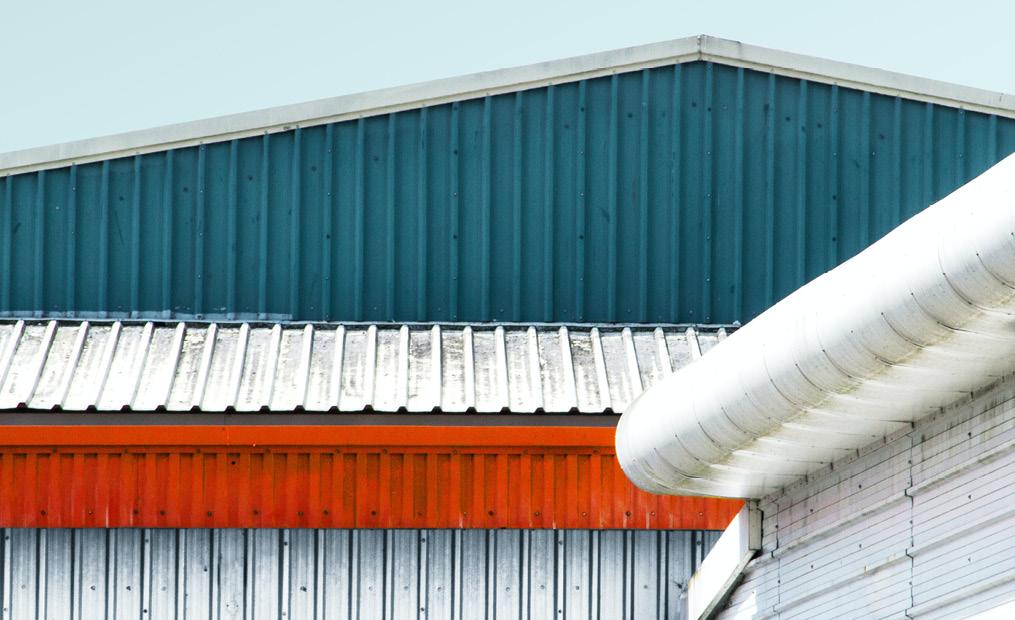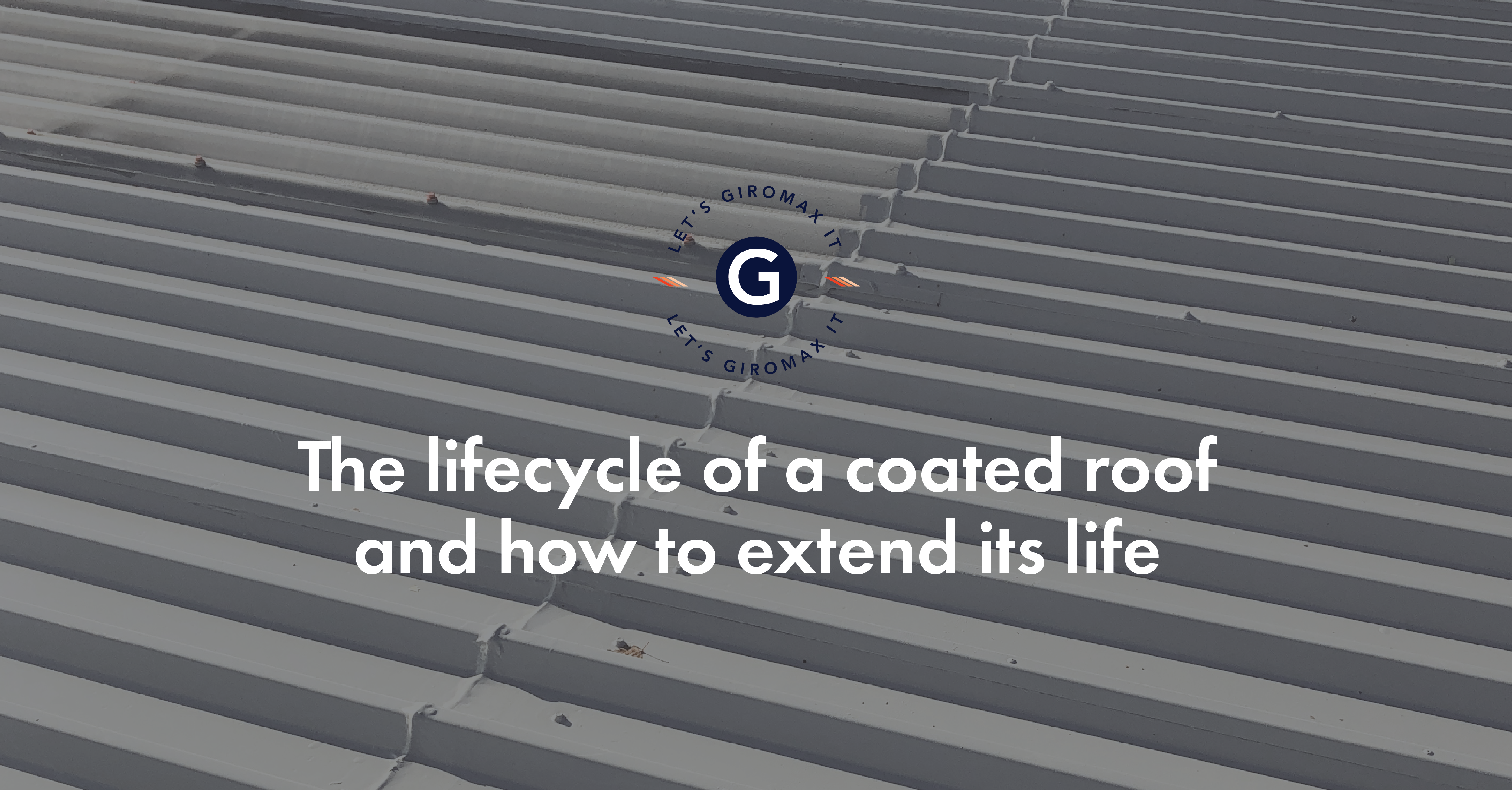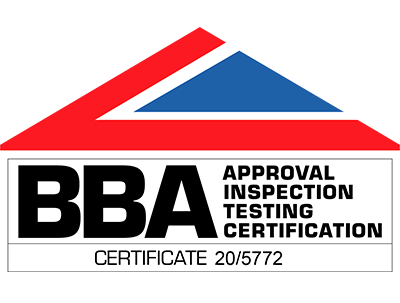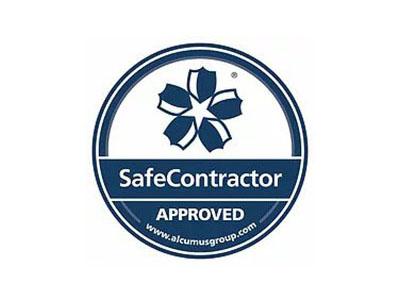The History of Cladding: Metal Roofing
Modern metal roofing has become a familiar sight in this country, thanks to its strength, durability, weather resistance and ability to be easily repaired. Let’s take a closer look into the history of cladding in relation to metal roofing materials and why we still use these today.
Roofing materials
Metal roofing has its roots in the American Civil War, when Robert Morris, a manufacturer from New Jersey, decided to create a sheet metal roof for his own home in Philadelphia. He’s credited with being the first person to do so, although it wasn’t long before other people started to recognise the benefits of this material.
Originally, asbestos cement cladding was the popular choice for roofing systems. In the late 19th century, agricultural buildings in the UK used this type of material. As it was relatively cheap and fireproof, its use became much more widespread during World War II. But it faced stiff competition from vinyl siding and wood clapboard in the years following the war, and once asbestos fell out of favour it ceased to be such a viable option.
Meanwhile the use of aluminium had also been helping to make asbestos cement cladding obsolete. Widely available in the post-war years, aluminium alloy was cheap, flexible and strong, making it an ideal choice for a roofing material.
Corrugated iron had also been developed at the start of the 19th century in England, creating rigid cladding panels without too much excess weight. This enabled them to be installed cheaply and easily, making them extremely popular for a range of uses. Within just a few years the French had come up with galvanisation, in which metal is combined with zinc to prevent the spread of rust, as well as making the material resistant to fire.
Over in Canada, tinplate iron roofing became popular before spreading south to the US. Low-cost, lightweight and requiring little or no maintenance, tinplate roofing was popular throughout the 19th century, in part thanks to its ability to withstand embossing, giving it a decorative effect. This was followed by terne plate, which requires iron to be treated with an alloy of tin and lead.
Popular metal roofs
Nowadays, steel and aluminium are the two most popular options for metal roofing systems. They are cost-effective, hardwearing and easy to work with. Steel is stronger, heavier and easy to coat with protective finishes which guard against corrosion and rust. Aluminium is rust-resistant and much lighter, but it’s also easier to dent and it costs more too.
Other metals are sometimes used for metal cladding. Copper has been used as a roofing material for centuries and is admired for its inbuilt resistance to rust, and for the way it weathers to an attractive finish. Lead is another traditional roofing material, which is extremely durable and highly malleable. However, both of these options are fairly expensive and are a great attraction for thieves, who appreciate its resale value!
Zinc is also sometimes used as a roofing material, thanks to its versatility and resistance to corrosion. Other options include various alloys, created from more than one type of metal for enhanced durability and strength.
Metal roofing issues
Roofs made from metal profile sheets can withstand extreme temperatures and resist all types of weather conditions. But the cut edges are exposed to oxygen, which causes them to deteriorate and corrode over time. Once rust has set in, the integrity of the cladding is very quickly compromised, so it’s essential to undertake regular checks.
Cut edge corrosion is usually most visible across the horizontal edges, where the material is involved in eaves, seams and overlays. But this type of damage is usually not visible without a thorough inspection, making it all too easy to overlook. Water can get in, spreading through capillary action, and needs to be addressed quickly to avoid further problems.
Regular checks are an essential part of an effective metal roofing maintenance programme. It’s recommended that skylights and gutter overhangs should be regularly inspected to make sure they’re in good repair, quickly removing any potential blockages. Even small amounts of water or chemicals building up in gutters could potentially affect the cut edges of metal cladding, which could lead to expensive and inconvenient repairs over time.
When checking a metal roof on an older commercial property, it’s important to use the right type of products to carry out any repairs, especially when it comes to dealing with cut-edge corrosion. Giromax has a range of coating products designed for metal profile roofs. Our products treat the cut edges using laminar flake technology that seals and bonds with corrosion. Easy to apply, our products have a 20-year guarantee.
If you need advice on choosing products for roofing repairs, please speak to the Giromax team who will be able to offer guidance. Call 01455 558969 today or make an enquiry.
Get updates from us
Sign up to our newsletter to receive all the latest news and insights from Giromax Technology.
Subscribe to NewsletterRelated articles
The Lifecycle of a Coated Roof
What is the typical lifecycle of a coated roof? Depending on the substrate, structure and the type of coating, the...
The Impact of Climate Change on Buildings
Climate change isn’t something that any of us can afford to ignore, especially when we consider the negative effects it’s...
Fire Safety and Industrial Roof Systems
Industrial roof fires may not always attract the same attention-grabbing headlines as those affecting domestic buildings, but the consequences can...








